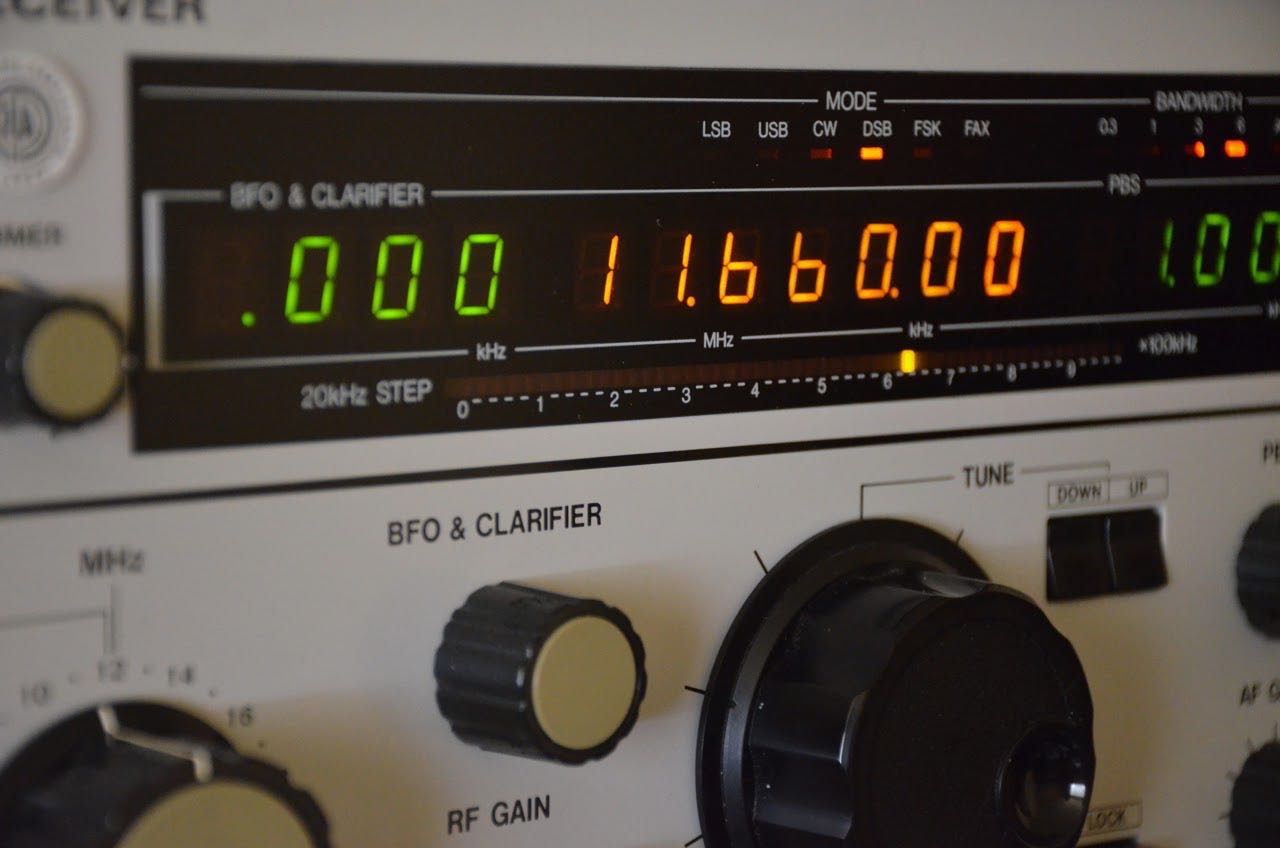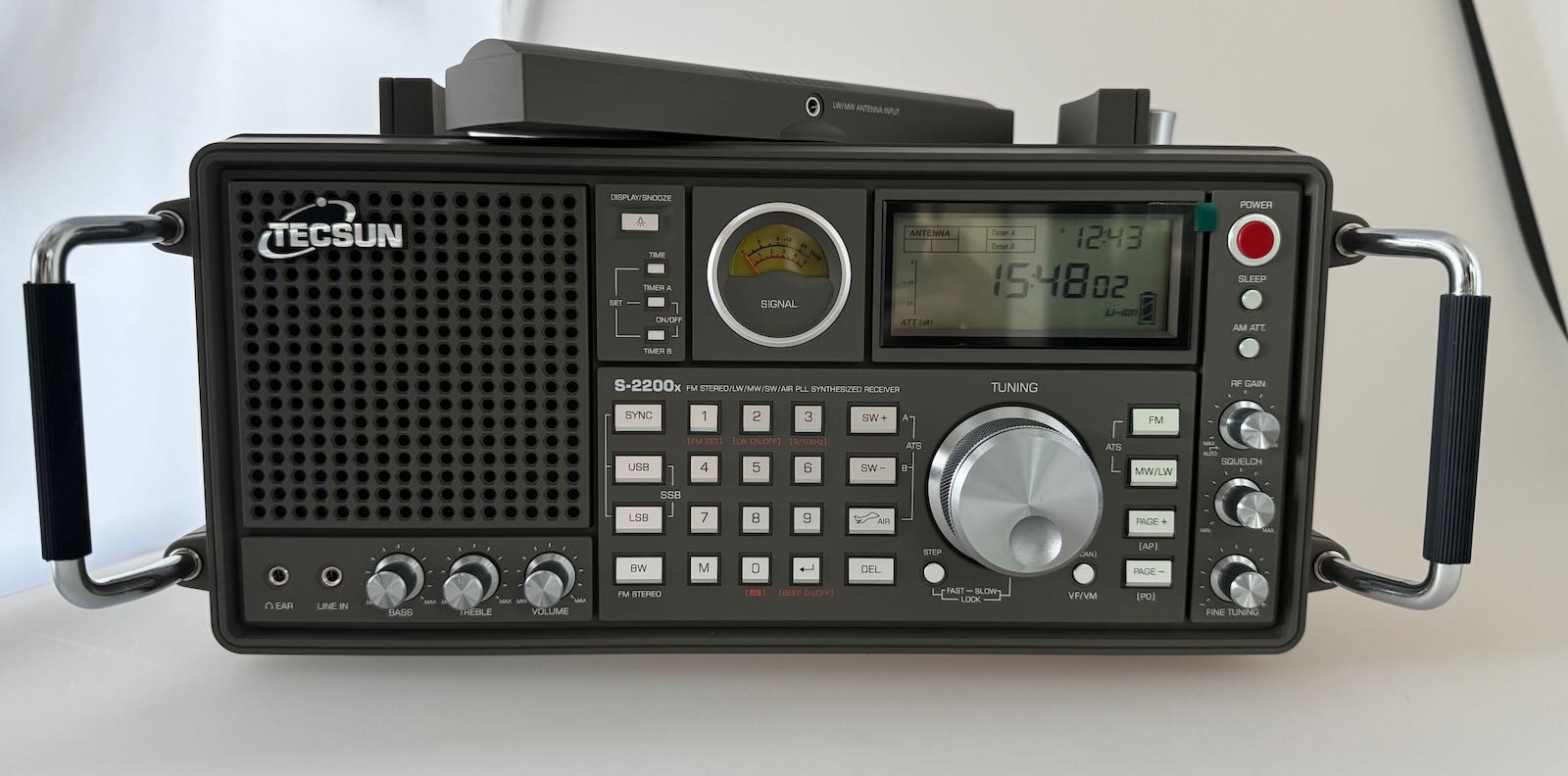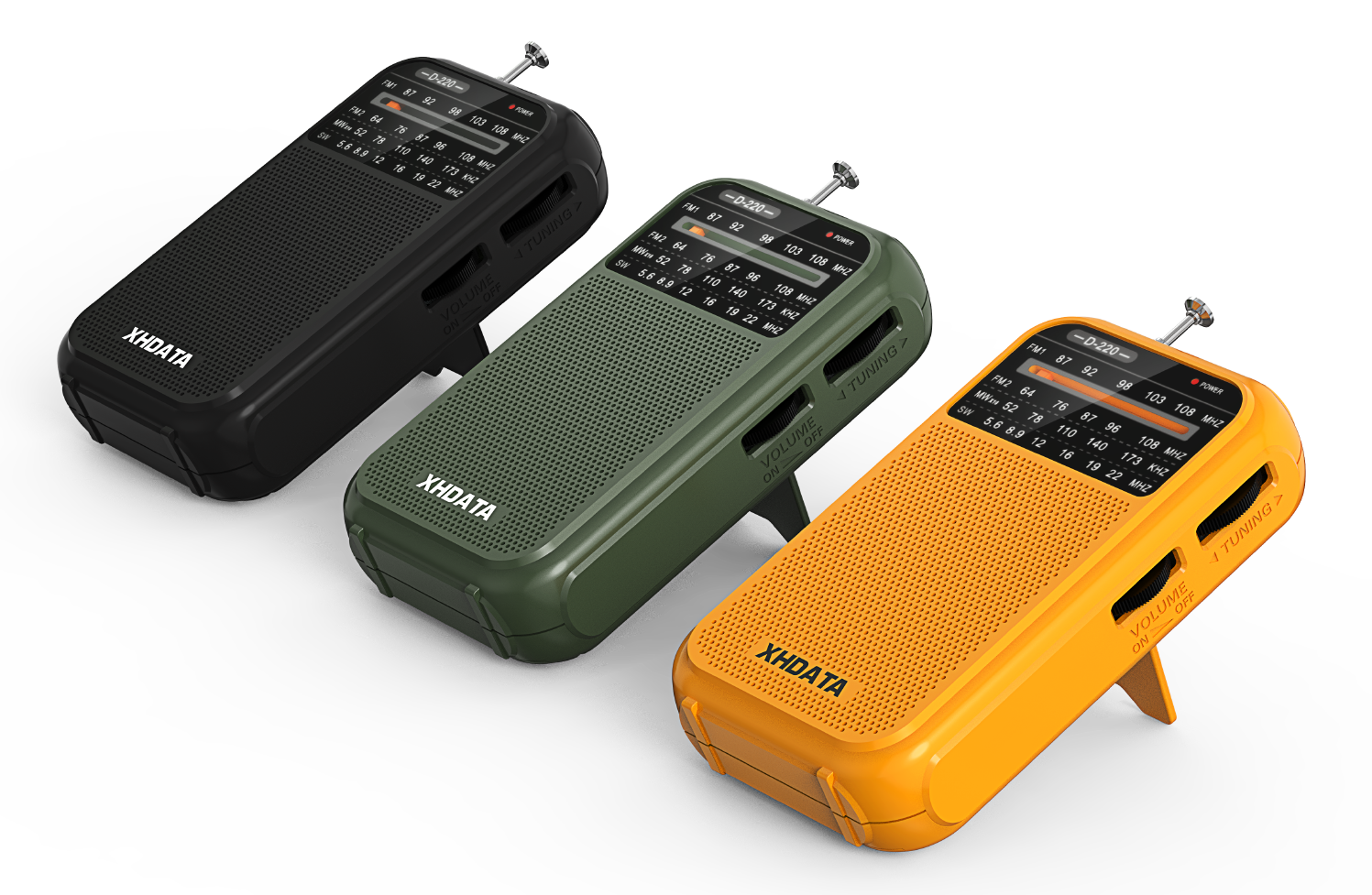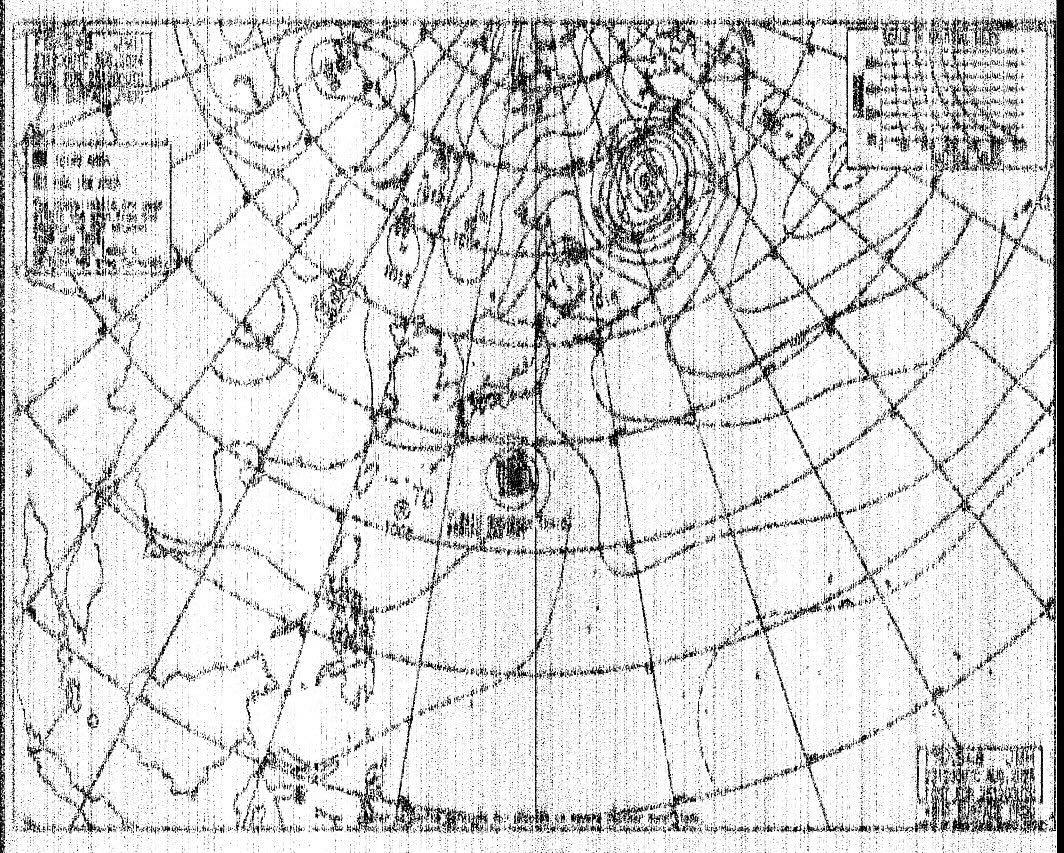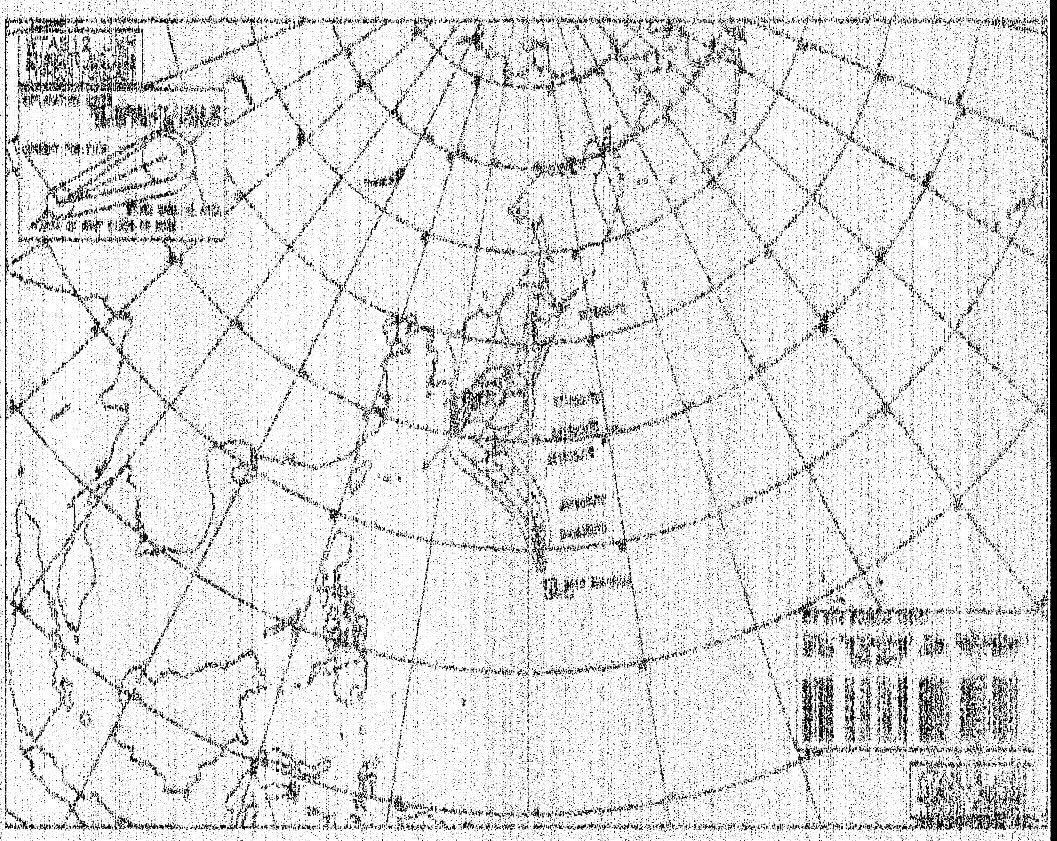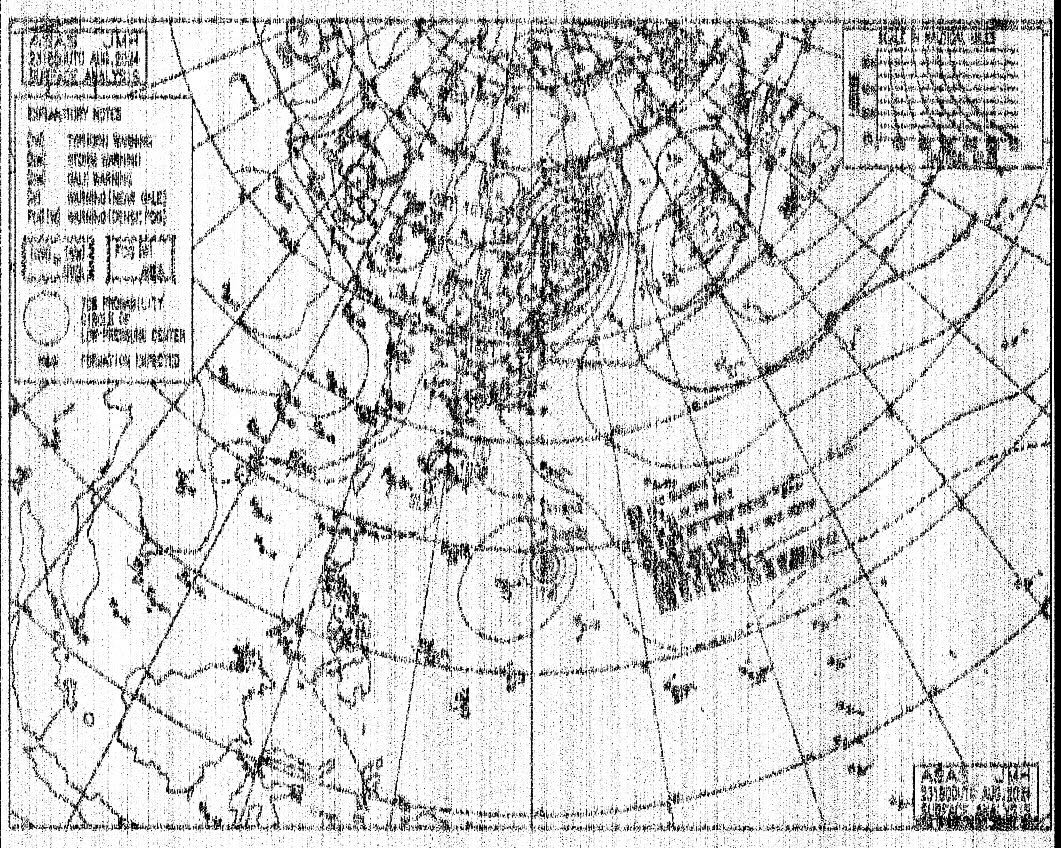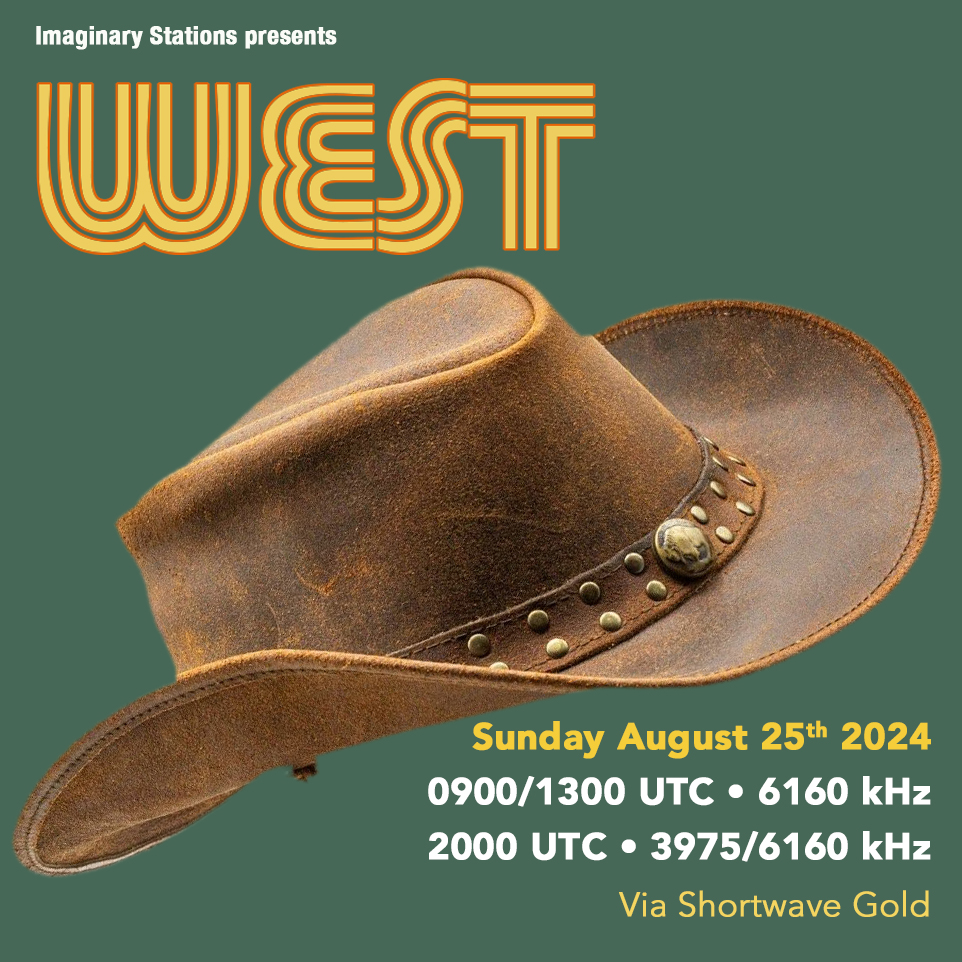Radio Waves: Stories Making Waves in the World of Radio
Welcome to the SWLing Post’s Radio Waves, a collection of links to interesting stories making waves in the world of radio. Enjoy!
Many thanks to SWLing Post contributors Dennis Dura, Kostas, Pete Eaton, Rich Cuff, and Balázs Kovács for the following tips:
SV3ORA’s new YouTube Channel
Many thanks to Kostas (SV3ORA) who shares a link to his new YouTube channel which features some of his radio projects including information about the NR-1 Noise Blanker.
Click here to check it out on YouTube.
The Strategic Advantage of European-based Shortwave Stations (Nexus.org)
[Abstract] The evolution from traditional tube-based shortwave transmitters to modern systems with Carrier Controlled Modulation represents a significant leap in broadcasting technology. While the old tube transmitters laid the groundwork for global communication, modern advancements have greatly enhanced the efficiency, clarity, and reach of broadcasts. Technologies like CCM modulation, directional curtain array antennnas and modern digitally controlled transmitters are pivotal in today’s communication landscape, ensuring that broadcasters can deliver high-quality audio content across the digital divide and to interested targets more reliably and efficiently, especially across vast distances. This slow shift in technology not only preserves the integrity of the transmitted message but also optimizes the use of energy and bandwidth, setting the stage for further innovations in global broadcasting, energy conservation and sustainability.
Click here to read the full article.
Scientists Seeking Life on Mars Heard a Signal That Hinted at the Future (NY Times)
Please note: this article is behind a paywall and you will need a subscription to read. We include a link to this article in Radio Waves because of its relevance in radio history.
In 1924, a radio receiver built for the battlefields of World War I tested the idea that humans were not alone in the solar system, heralding a century of searches for extraterrestrial life.
At sunset on a late summer weekend in 1924, crowds flocked to curbside telescopes to behold the advanced alien civilization they believed to be present on the surface of Mars.
“See the wonders of Mars!” an uptown sidewalk astronomer shouted in New York City on Saturday, Aug. 23. “Now is your chance to view the snowcaps and the great canals that are causing so much talk among the scientists. You’ll never have such a chance again in your lifetime.”
During that weekend, Earth and Mars were separated by just 34 million miles, closer than at any other point in a century. Although this orbital alignment, called an opposition, occurs every 26 months, this one was particularly captivating to audiences across continents and inspired some of the first large-scale efforts to detect alien life. [Read this article at the NY Times…]
Pi-Pico Software Defined Radio
Many thanks to SWLing Post contributor, Pete Eaton, who writes:
“A Homebrew Shortwave Receiver can not get much simpler than this:”
Pi-Pico RX – Breadboard Version
A couple of years ago, I built a basic yet capable radio receiver using a Pi Pico, and while I originally designed a custom PCB for it, this time I’m building an even simpler and cheaper version that can be built on a breadboard using (mostly) through-hole components.
I wanted to build a very minimal (but useful) design that I could use as a platform for experiments, tweaks and upgrades.
If you are interested in the original design or want to find out more about the technical details you can find all the info here. Most of the technical details are the same, so I will focus on the new features and improvements here. [Click here to continue reading…]
USAGM Cancels Lease for Saipan Site (Radio World)
Move is in line with letting its Marianas shortwave transmitters go dark
The U.S. Agency for Global Media has informed the Commonwealth of the Northern Mariana Islands’ Department of Public Lands that it will terminate its long-term lease on Aguiguan Point.
Aguiguan Point is home to the Saipan portion of the Robert E. Kamosa Transmitting Station, which the agency confirmed last week was being shuttered. The shortwave site has been used since the mid-1990s to beam Voice of America and Radio Free Asia broadcasts across the Pacific.
According to a report in the Saipan Tribune, Department of Public Lands Secretary Teresita Santos confirmed that USAGM had informed the department it would not seek renewal of the lease, but no timeline for terminating the lease was provided. Santos was quoted as saying that once the lease is terminated, the department would issue a request for proposals for the site. [Continue reading…]
Hungarian National Arrested on Charges of Conspiring to Export U.S. Military-Grade Radios to Russian Government End Users (Department of Justice)
The Justice Department unsealed a criminal complaint charging Hungarian national Bence Horvath with violations of U.S. export controls targeting Russia, including by conspiring with others to illegally export U.S.-origin radio communications technology to Russian government end users without a license. Horvath is charged by complaint with one count of conspiring to violate the Export Control Reform Act of 2018 (ECRA). He was arrested on arrival at San Francisco International Airport in San Francisco, California, on Aug. 23.
“As alleged, the defendant attempted to purchase military-grade radios for Russian entities using a multinational procurement chain to evade law enforcement,” said Assistant Attorney General Matthew G. Olsen of the Justice Department’s National Security Division. “The Justice Department remains committed to disrupting and holding accountable criminal networks that continue to fuel Russian aggression abroad and threaten our collective security.”
“Targeting illicit global procurement networks that operate in the shadows to equip the Russian government is of the highest priority to BIS,” said Assistant Secretary for Export Enforcement Matthew S. Axelrod of the Commerce Department’s Bureau of Industry and Security (BIS). “As Horvath’s arrest demonstrates, it doesn’t matter where in the world you operate – when the United States believes your conduct violates our export laws, we take action.” [Continue reading…]
Do you enjoy the SWLing Post?
Please consider supporting us via Patreon or our Coffee Fund!
Your support makes articles like this one possible. Thank you!

